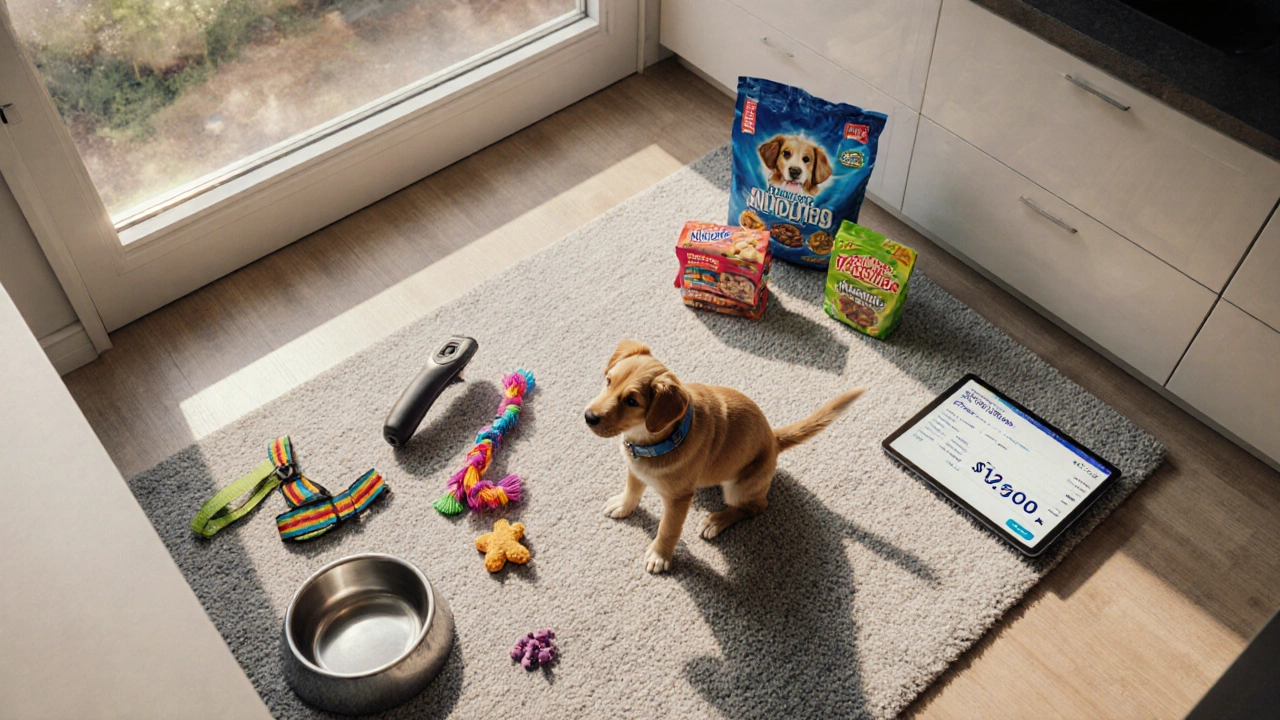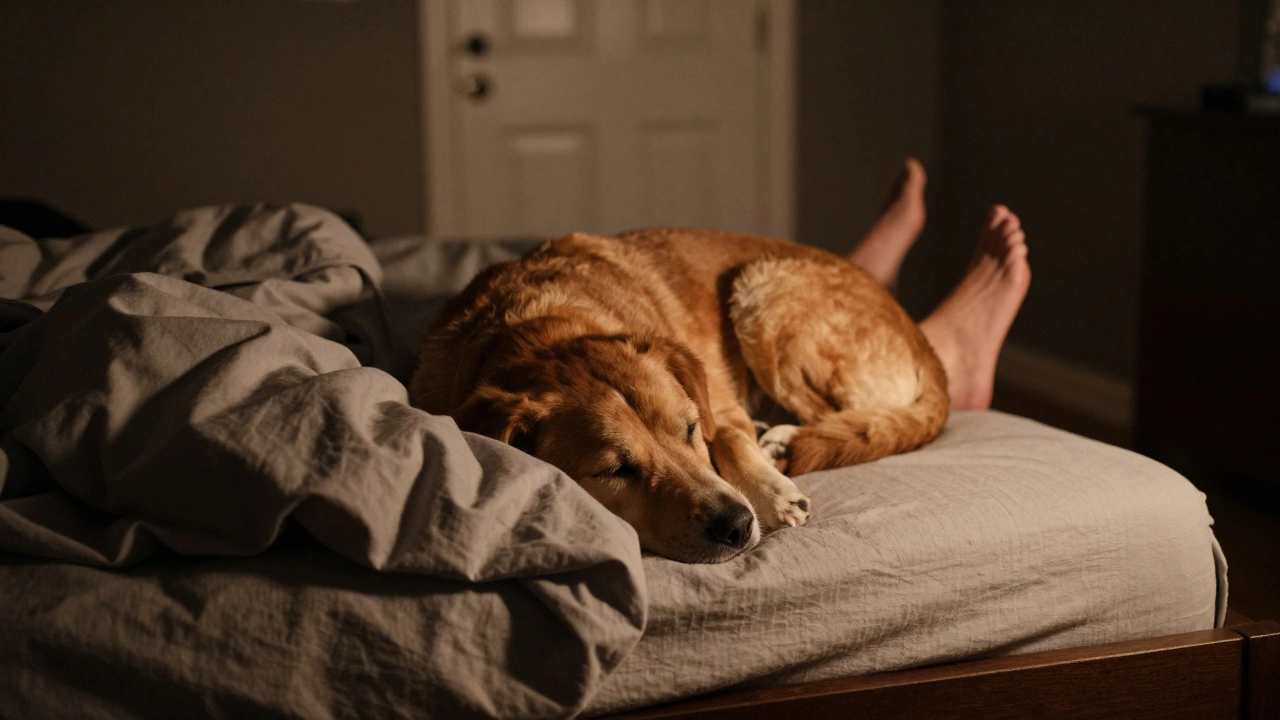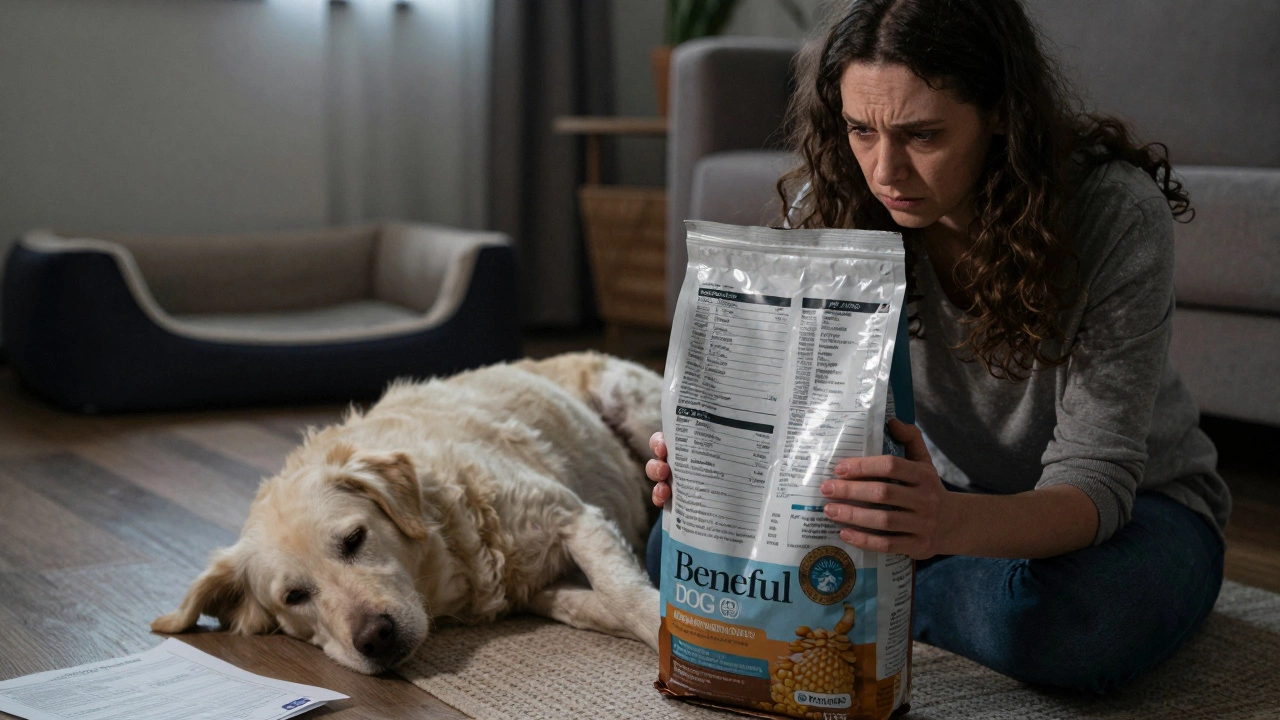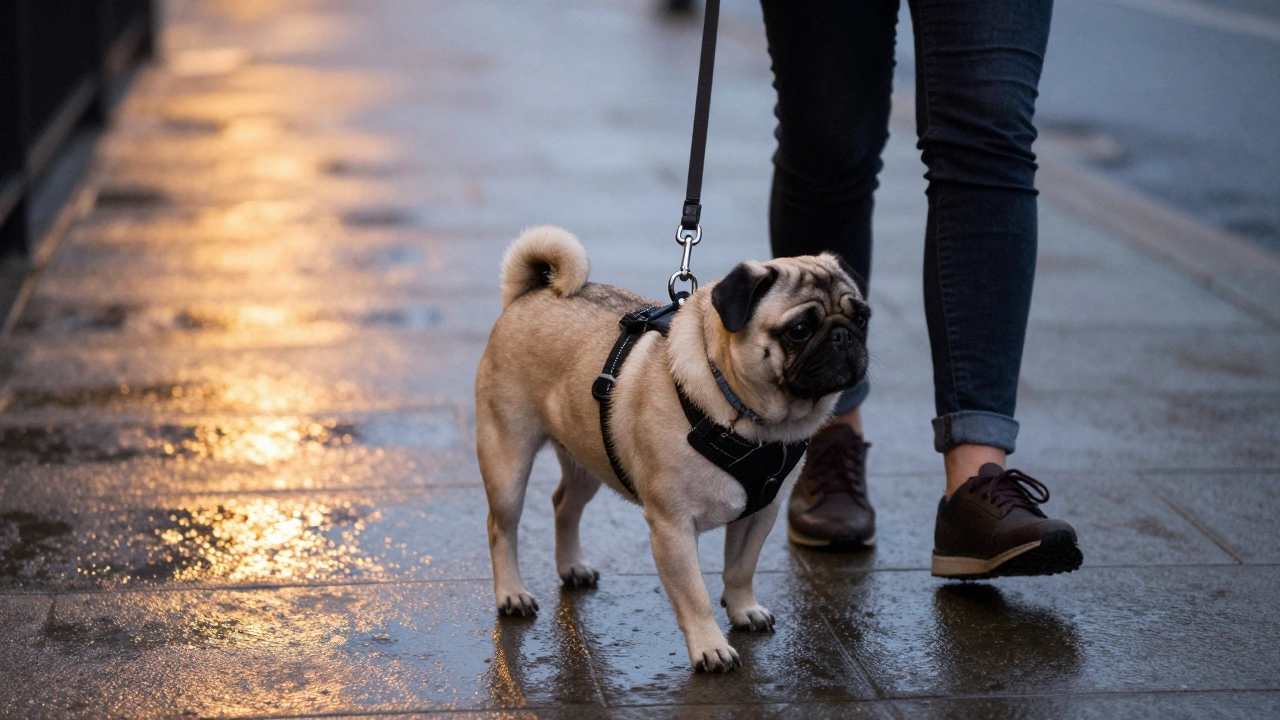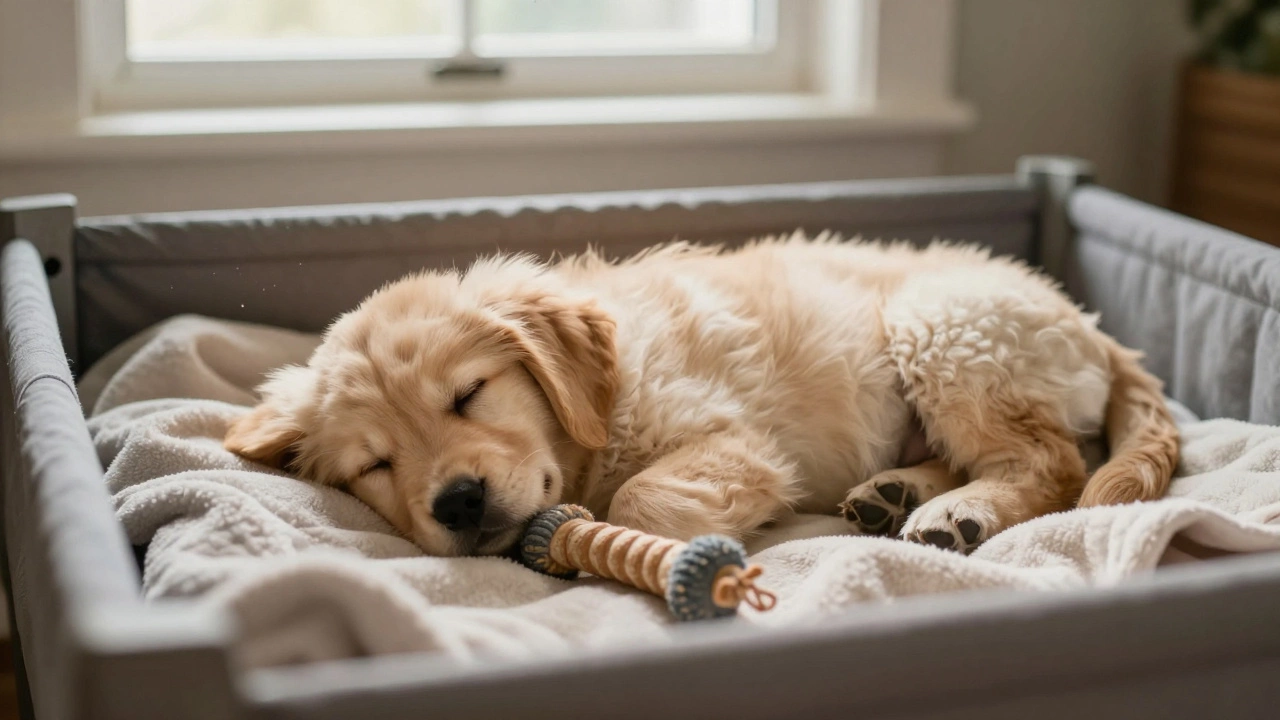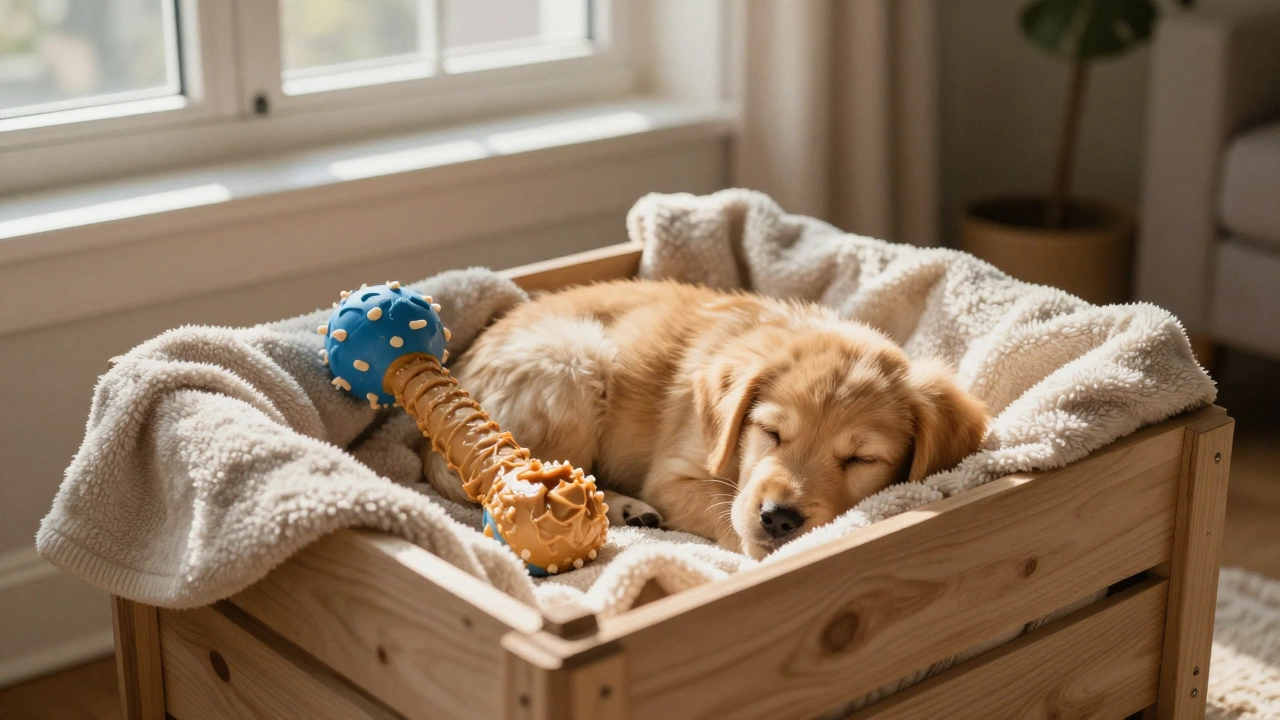Getting a Puppy: What You Need to Know
When you start getting a puppy, you’re stepping into a fast‑paced world of tiny paws, endless curiosity, and a whole lot of learning. Also known as puppy ownership, it brings together three key activities: puppy‑proofing, the process of making your home safe for a new four‑legged explorer; crate training, which teaches a secure sleeping spot; and setting up a puppy sleep area, the cozy nook where your pup learns to rest. Getting a puppy encompasses these steps, requires a bit of planning, and influences how quickly your new friend settles in.
Why Puppy‑Proofing Comes First
Before the first wag, you need to remove hazards. This means securing loose wires, putting away toxic plants, and blocking off stairs with baby gates. A well‑puppy‑proofed house cuts down on chew‑related damage by up to 70 % according to local shelters, and it gives you peace of mind during those early night bathroom trips. Think of it as building a sandbox where the only thing your pup can dig into is fun, not trouble.
While you bolt cabinet doors, you also set the stage for crate training. A crate that fits your puppy’s size—just enough room to stand, turn, and lie down—helps create a sense of security. Experts recommend placing the crate in a quiet corner of the room where the family gathers, so the pup feels part of the action without being overwhelmed. With the crate in place, you can start introducing short, positive sessions, rewarding calm behavior with a treat or a gentle pet.
Once the crate is a safe haven, the next step is designing a puppy sleep area. This isn’t just a blanket on the floor; it’s a designated spot with a soft bed, a water bowl, and maybe a favorite chew toy. Keeping the area consistent helps the puppy associate that space with rest, which reduces nighttime whining. Many owners find that a low‑profile baby gate around the sleep zone keeps the pup from wandering during the night while still allowing easy access for bathroom breaks.
All three elements—puppy‑proofing, crate training, and a sleep area—work together like pieces of a puzzle. If you skip one, the picture looks uneven. For example, a secure sleep area without proper crate training can lead to the pup feeling anxious and chewing on furniture. Conversely, a well‑trained crate without a safe home can still result in accidents if the puppy finds a way to slip out. That’s why we emphasize the interdependence of these practices.
Beyond safety, these steps shape behavior. A puppy that learns to rest in a crate is less likely to develop separation anxiety later on. A puppy‑proofed home reduces the chances of accidental ingestion of harmful objects, which can save costly vet visits. And a dedicated sleep area teaches your dog a consistent routine, making house training smoother.
Our collection of articles below dives deeper into each of these topics. You’ll find a step‑by‑step guide on setting up an 8‑week‑old puppy’s safe space, tips for night‑time crate use, and tricks to keep your pup calm while you’re away. Whether you’re looking for quick fixes or a full‑scale plan, the posts cover everything from the first day home to the first vet visit.
Ready to turn the excitement of getting a puppy into a confident, happy start? Scroll down to explore practical advice, real‑world examples, and expert recommendations that will help your new companion thrive in your home.
Hidden Truths About Getting a Puppy: What No One Tells You
Discover the hidden costs, sleep loss, training hurdles, and health tips no one mentions when getting a puppy, plus a practical first‑week checklist.

